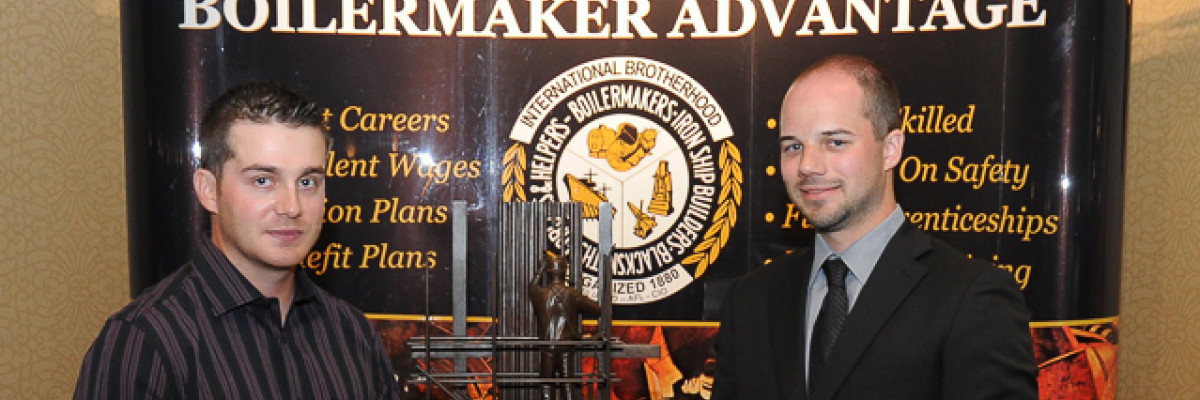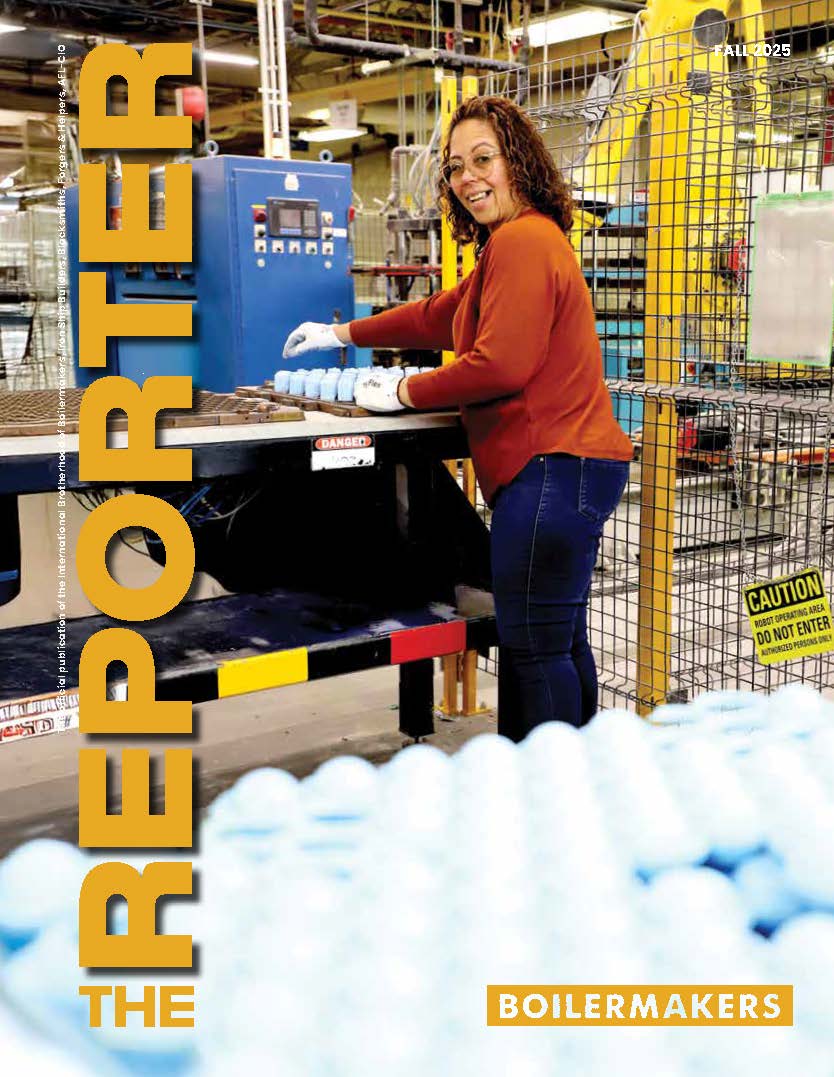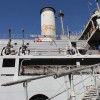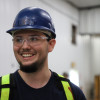Brad Lewis, L-146, and Jason Dubreuil, L-128, take top team honors.
View Photo Gallery (11 photos)
12 compete at BCIT in Vancouver, British Columbia
THE TEAM OF Brad Lewis and Jason Dubreuil won the 2014 Canadian Boilermaker Graduate Apprenticeship Competition held June 24-26 at the British Columbia Institute of Technology (BCIT) in Vancouver.
Lewis, Local 146 (Edmonton, Alberta), and Dubreuil, Local 128 (Toronto, Ontario), were among 12 graduate apprentices from across Canada who participated in the biennial event, which is planned and executed by the Boilermakers National Training Trust Fund (NTTF), Canada.
The contest draws top graduate apprentices from construction locals over a two-year span. Also competing in this year’s event were Steven Russell and Mike Kenny, Local 73 (Saint John, New Brunswick); Russell Kurikka, Local 128; Eric Martin and Sylvain Corriveau, Local 271 (Montreal, Quebec); Robin Baptist and Samuel Delorme, Local 555 (Winnipeg, Manitoba); Jesse Huffman, Local 146; and Joel Harrington and Matthew Wallace, Local 359 (Vancouver).
Teams were announced during a reception for the contestants, judges, and guests. National Training Director Grant Jacobs explained that each contestant would be paired with a member from a different local to simulate real world conditions where Boilermakers often work with other craft persons whom they have not previously known. Contestants from Montreal Local 271 were kept on the same team to allow for their common language.
Competition winners were named at an awards banquet June 26. George Longo, a 51-year member of Local 359 also received recognition for his contributions to the Canadian construction industry.
Judges for the 2014 competition included Marty Albright, Ken Bachand, Al Dingwall, Ed Hoffmann, Ron Jacobs, Stephane Lapointe, Marcel Losier, Dion Malakoff, Kurt Middleton, Brian Mikkelsen, Rodger Morris, Kevin Petronski, Pierre Pitre, and Steve Johnson.
Written and practical tests challenge contestants
THE TWO-DAY competition began with an extensive written exam covering rigging, drawings, health and safety, the International Constitution and Boilermaker best practices.
On day two, contestants worked in teams and individually to complete a variety of hands-on exercises.
The nozzle layout exercise required teams to layout a 16-inch nozzle for fit into a 42-inch shell section. This required establishing quarter lines running the length of the shell and developing cut lines to ensure the correct nozzle diameter was maintained. Marks were earned for overall accuracy of the layout, particularly when determining the effective nozzle diameter across the rounded wall of the shell section.
During the load estimation exercise, teams worked to determine the total weight of a horizontal pressure vessel including the large support saddles. The graduate apprentices were able to use any method they chose to ascertain the weight of the unit; however, with the clock running, it was paramount that teammates agreed to a common method and swiftly took all their measurements and work through their calculations to determine the weight of the overall load.
In the flange joint exercise, competitors were required to bolt-up a flange joint assembly using a four-pass progressive torqueing sequence in adherence to ASME guidelines. The apprentices worked in teams to calculate the progressive torque values and proper bolting sequence. Upon completion, marks were awarded for torque accuracy, bolting sequence, use of required gaskets, lubrication of working surfaces, and overall expediency.
The welding practical was a plate test completed in the horizontal position. Competitors were graded on their ability to perform an almost seamless stop and start as well as their finished weld profile. Top marks were awarded to those with properly proportioned caps and smooth weld contours that were free of slag, undercut, and porosity.
To demonstrate the candidates’ steady handedness and talents with a cutting torch, contestants were asked to cut out a lug from ¾” plate. The cutting exercise incorporated all of the skills necessary in the proficient use of oxy-fuel cutting equipment, including the cutting of straight lines, curved profiles, beveled edges, and the ability to pierce a hole in plate.
In the tube expansion exercise, competitors were supplied with a tube sheet and a corresponding section of tube, which they used to calculate the final inside diameter of the expanded tube, based on a specified percentage of tube wall reduction.
Two additional events rounded out the day of practical testing. Both short time trial events saw competitors racing the clock and each other. One event entailed the planning, sequencing and building of a structure according to a supplied print. The other required speed and endurance as competitors raced head-to-head on chain hoists to raise a load, lower it, and raise it a second time.
Special thanks to Assistant National Training Director Jonathan White for contributing to this article.

















